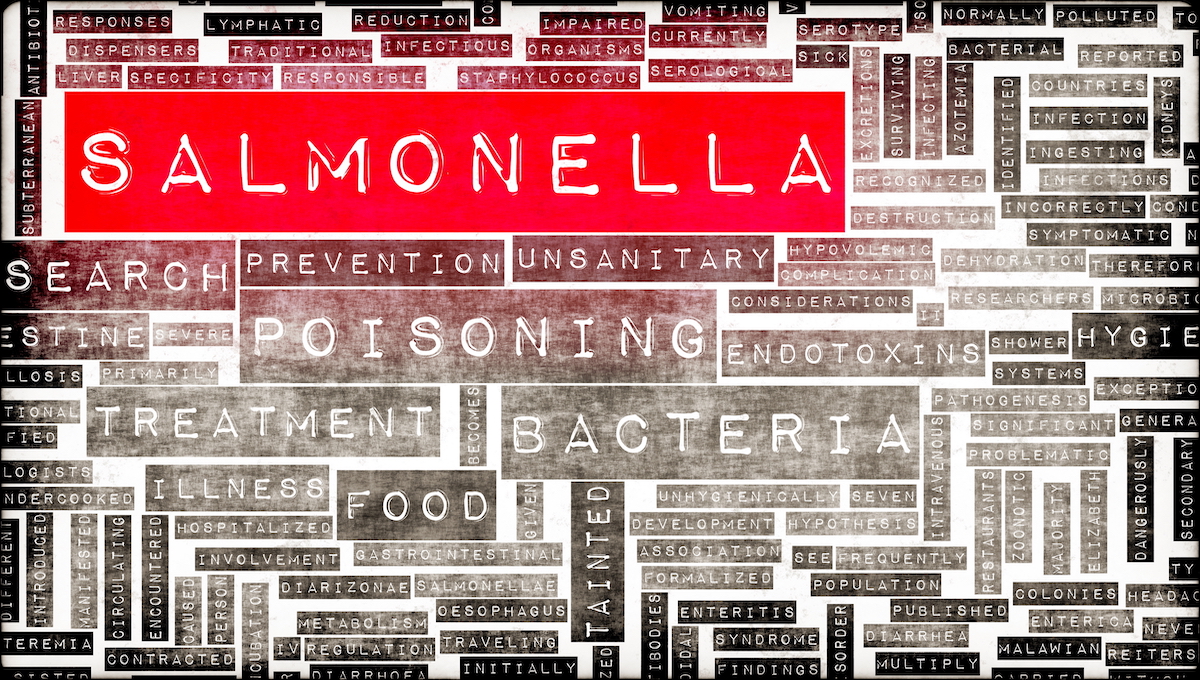
The impact of Salmonella infections on consumers’ wellbeing has been estimated to be “very significant” by researchers in Hungary.
Salmonellosis is one of the most frequent foodborne illnesses in Hungary. Based on data from 2014 and 2018, Hungarian rates of confirmed Salmonella cases were more than two times higher than the European average, according to the research report published in the International Journal of Environmental Research and Public Health.
Salmonella infections represent significant cost for households, the healthcare system and companies because of absent employees. Cost of the disease can be divided into direct and indirect costs.
Direct costs include cost of treatment and medication at home and in hospitals, while indirect costs include those because of altered consumer behavior as well as loss from pain and other psychological suffering. The study focused on the cost to households by analyzing wellbeing losses from Salmonella infections. Consumer behavior at home is influenced by a lack of knowledge and inconsistent kitchen practices, according to researchers.
Willingness-to-pay (WTP) analysis was used as it can measure the willingness of consumers to pay to reduce the risk of becoming ill because of food consumption.
Data was taken from the annual consumer survey of the Hungarian National Food Chain Safety Office (NEBIH). To estimate the occurrence of salmonellosis, data from the 2017 survey were used. For WTP calculation, data came from the 2019 survey.
The estimated annual number of salmonellosis cases was above 90,000 in Hungary, which was 18 times higher than the officially reported data.
Price to pay to avoid illness and overall impact
For WTP calculations, 456 quantifiable answers were received. Analysis was based on this question: “How much would you pay to avoid a Salmonella infection?”
Results showed the average of consumer WTP for avoiding Salmonella infection was €86.3 ($100.1). This number was influenced by the type of residence and economic status of respondents.
A total of 59 rejected the idea of paying to avoid risks from in food consumption. However, 46 individuals said they would pay €153.8 to €461 ($178.4 to $535).
In 2015, there were 5,069 cases of salmonellosis registered in the national database.
Considering the confirmed salmonellosis incidence in 2015 and the 18 times higher multiplier calculated in the study, the consumer’s wellbeing loss was estimated to be €7.87 million ($9.13 million) annually in Hungary.
Researchers said there was a need to develop new preventive programs in food safety given that other foodborne pathogens are also likely to cause serious wellbeing loss for the population.
“Policymakers traditionally consider reported incidence and direct costs when evaluating cost-benefit ratios of interventions, while non-reported cases and indirect costs account for the majority of the total social burden in case of foodborne illnesses. This paper and similar studies might help in quantifying these factors, which would in turn help optimize governmental measures,” researchers reported.
(To sign up for a free subscription to Food Safety News, click here.)
"impact" - Google News
October 17, 2021 at 11:06AM
https://ift.tt/3APlNQj
Study assesses Salmonella impact on consumers in Hungary - Food Safety News
"impact" - Google News
https://ift.tt/2RIFll8
https://ift.tt/3fk35XJ
Bagikan Berita Ini
















0 Response to "Study assesses Salmonella impact on consumers in Hungary - Food Safety News"
Post a Comment